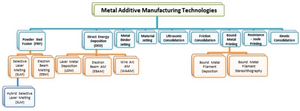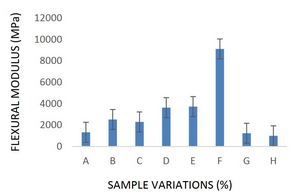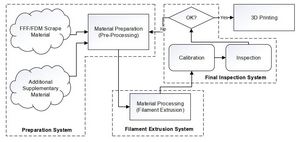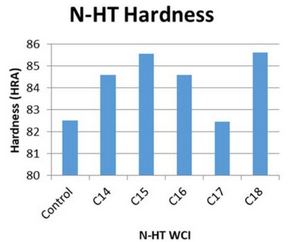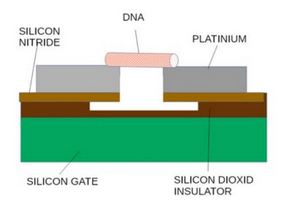Authors: Damjan Klobcar, Sebastian Balos, Matija Busic, Aleksija Duricd, Maja Lindic, Aljaz Scetinec
Abstract
The paper presents an overview of metal additive manufacturing technologies. The emphasis is on unconventional emerging technologies with firm background on welding technologies such as Ultrasonic Additive Manufacturing, Friction Additive Manufacturing, Thermal Spray Additive Manufacturing, Resistance Additive Manufacturing and Wire and Arc Additive Manufacturing. The particular processes are explained in detail and their advantages and drawbacks are presented. Attention is made on materials used, possibilities to produce multi-material products and functionally graded materials, and typical applications of currently developed technologies. The state-of-the-art on the Wire and Arc Additive Manufacturing is presented in more detail due to high research interests, it’s potential and widespread. The main differences between different arc additive manufacturing technologies are shown. An influence of processing parameters is discussed with respect to process stability and process control. The challenges related to path planning are shown together with the importance of post-processing. The main advantage of presented technologies is their ability of making larger and multi-material parts, with high deposition rate, which is difficult to achieve using conventional additive technologies.
Key words: Wire arc additive manufacturing; Ultrasonic additive manufacturing; Friction additive manufacturing; Thermal spray additive manufacturing; Resistance additive manufacturing
DOI: 10.24867/ATM-2020-2-001

